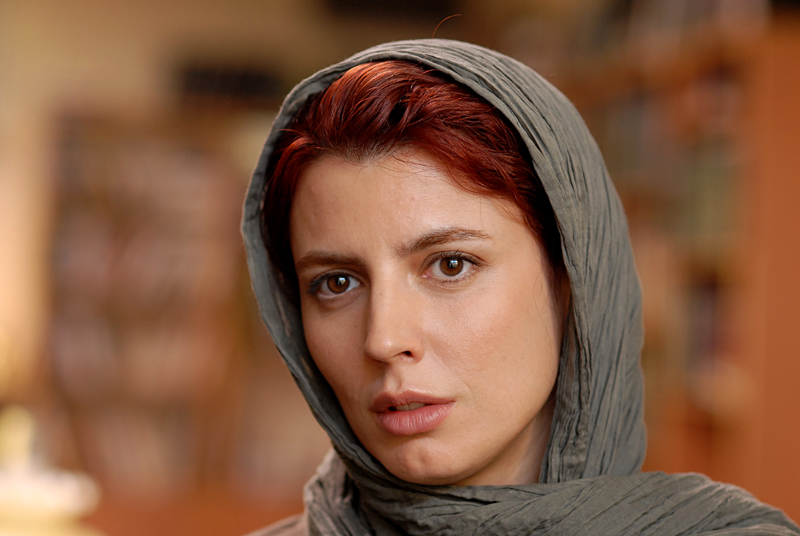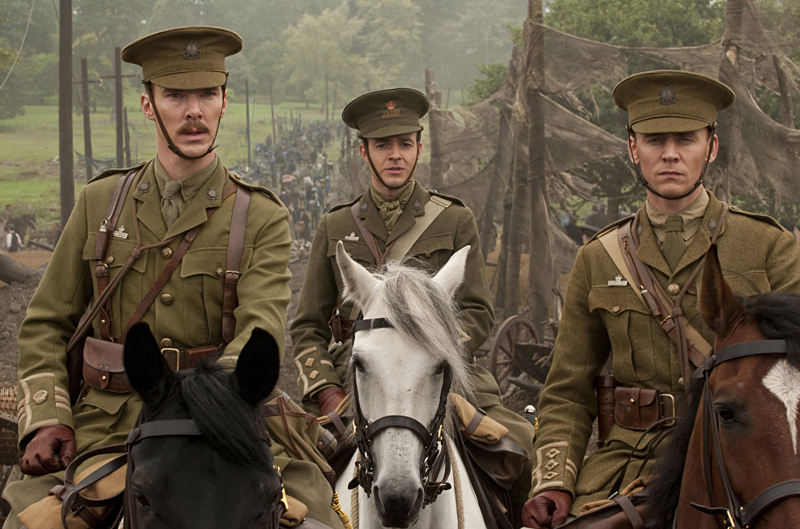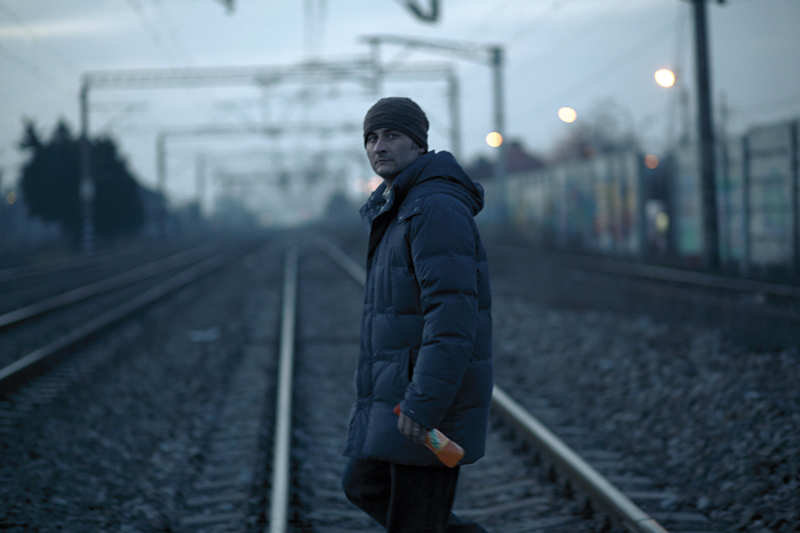Martin Scorsese may be presenting Matteo Garrone’s Gomorrah, but this corrosive, slapdash exposé of organized crime in and around Naples comes on like Mean Streets cubed. Detailing daily life inside a criminal state, Gomorrah takes its punning title—the Neapolitan crime syndicate is called “the Camorra”—from Roberto Saviano’s 2006 bestseller, an impressive feat of first-person journalism by a 26-year-old writer, now under police protection. Many of Gomorrah‘s characters and situations are drawn from Saviano, but Garrone’s movie is less an adaptation of the book than the successful decanting of its toxic fumes. Crime bosses and crooked pols are off-screen. Instead we have the residents of a vast, moldering housing estate in Scampia, a Naples suburb. Honeycombed with lookouts, delivery boys, enforcers, and gangster wannabes, the structure promotes a particular form of tunnel vision. Garrone skips from one Camorra scam to another, all plots climaxing amid inexplicable internecine warfare in a more or less simultaneous reckoning. Saviano devotes an entire chapter to the often-comic Camorrista fascination with Hollywood gangster flicks. “It’s not the movie world that scans the criminal world for the most interesting behavior,” he writes. “The exact opposite is true.” Garrone has taken this to heart. Characterized by a total absence of antiheroic glamour, his unsentimentally tough and unrelentingly squalid movie is unlikely to inspire much real-world imitation.
PICK Gomorrah: Martin Scorsese Loves It








